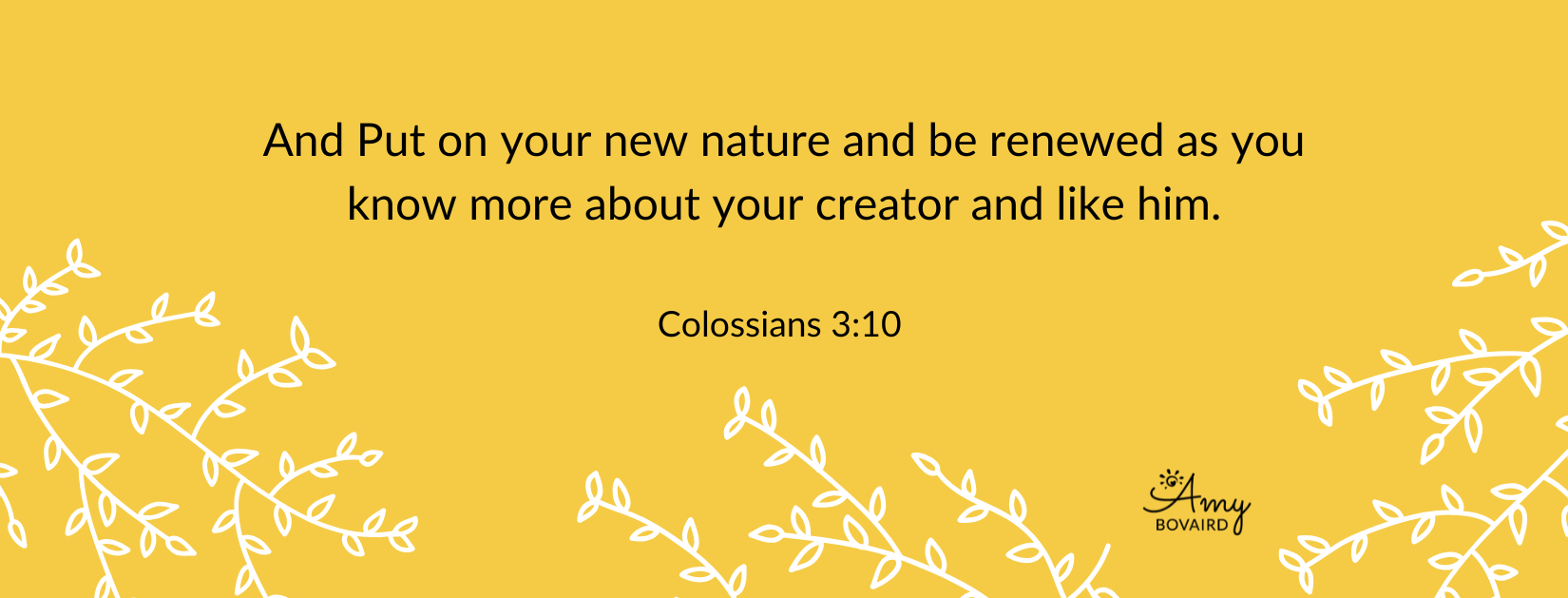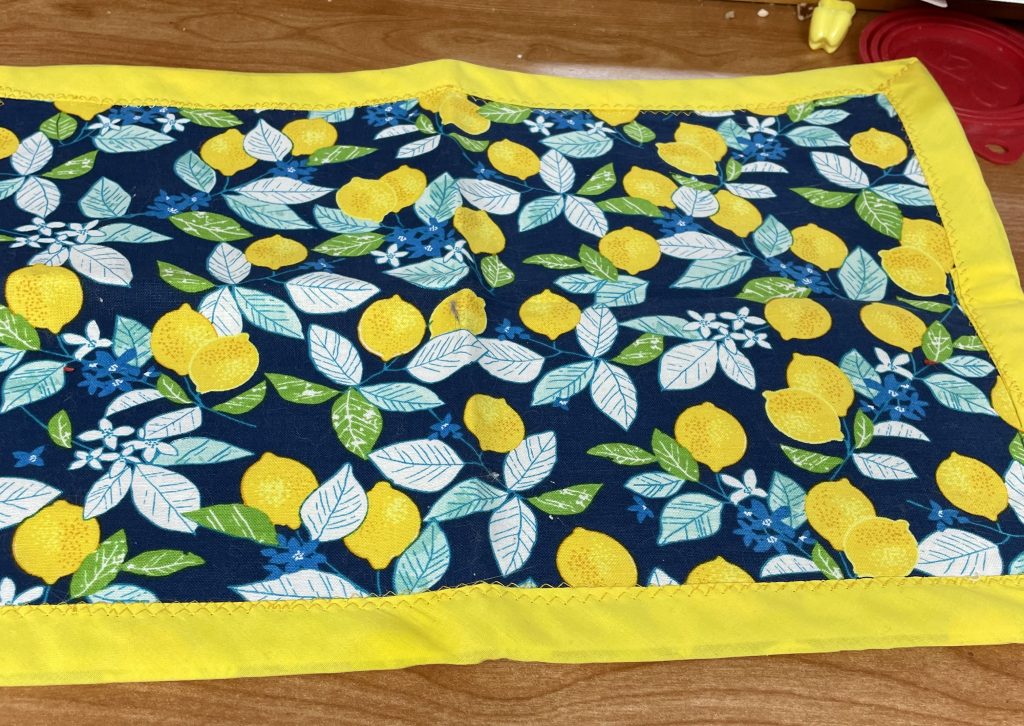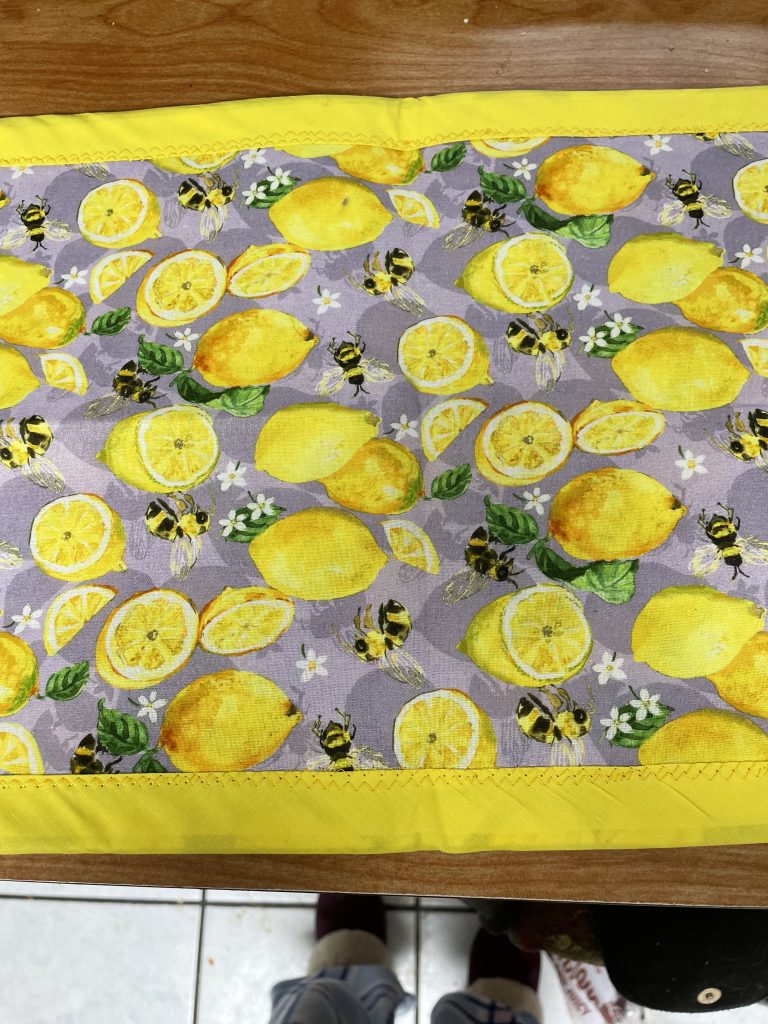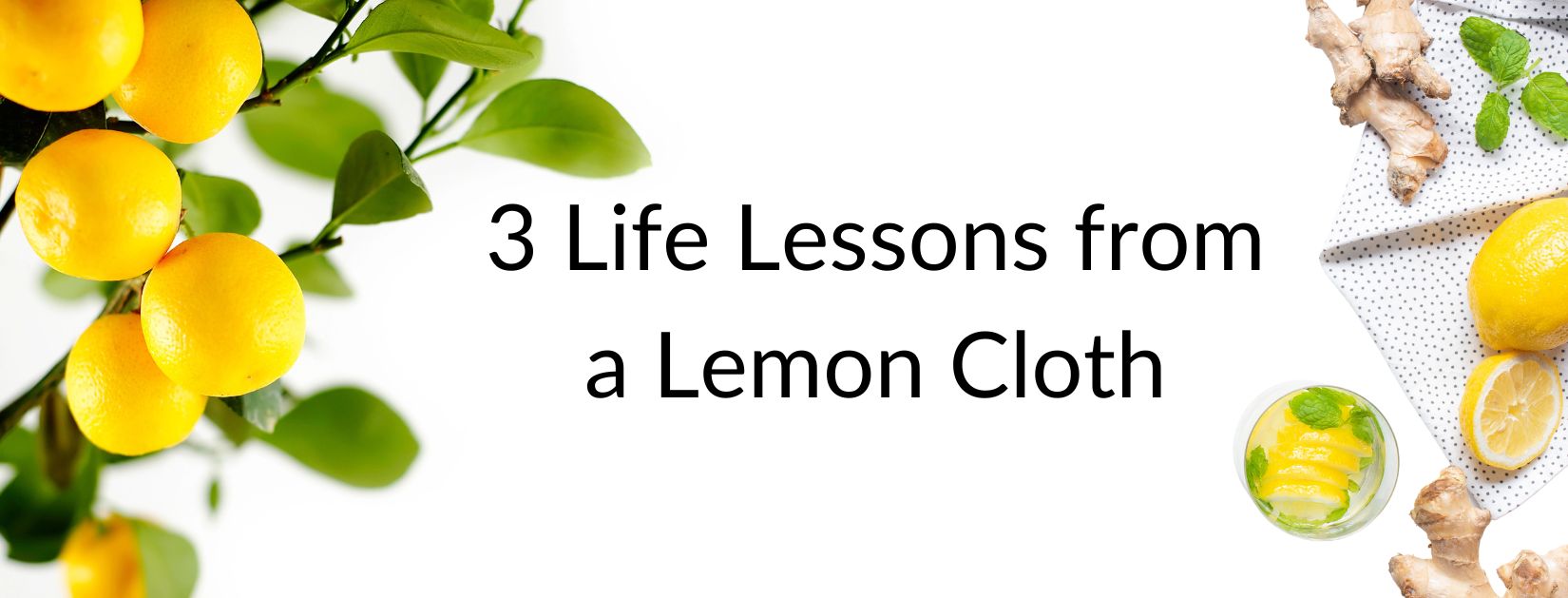Post Title: 3 Life Lessons from a Lemon Cloth
Love for Lemons
My earliest memories of Lemons are of my mother making lemonade from concentrate. As a child, I loved that sweet, tangy taste. Mom served it for supper. She made it in an opaque plastic pitcher I still have today.
Latin America
In my overseas travels, I learned a lot more about lemons. Colombians call it” lemon juice” and serve it fresh and frothy.
In Costa Rica, street vendors use it to make “helados,” shaved ice in a paper cone that comes also with sweetened condensed milk. When the vendor calls out “Helados!” you are draw to him. The name conjures up icy refreshment in this tropical climate!
North Africa
In Egypt, they use it in a number of ways—as a fragrant complement to a special rice they serve only with fish. Sliced thinly and placed over the rice, the tart slices combine with the rice to make it a delicacy.
Squeezed over onion, it neutralized the onion-taste and becomes part of a cold salad along with sliced carrots and radishes and mint. But nothing is mixed. Each is served in its own section of the plate, like a relish tray.
Lemon is also added to hummus. Additionally, it’s squeezed into hot lentil or chicken soup for a distinct refreshing flavor.
One of my favorite memories is of the small, tart lemon, just about the size of a key lime. The lemon is cut in half and wrapped in a square of cheese cloth and tied. It comes with a small shallow bowl of water. And is given at the start of a meal. You squeeze the small lemon onto your hands and dip your fingers into the bowl to clean them. It’s a fancy way to wash your hands before (or after) eating.
In Morocco, lemons are quartered and baked in a tangine, a clay pot, along with couscous and fish, beef or chicken. It comes charred and delicious.
The Arab Gulf
In the United Arab Emirates–the UAE–lemons are served atop their traditional dish of “machhoos,” a rice dish made with fish or meat—lamb, fish, beef or goat meat.
When celebrating any event, a henna artist traditionally paints flowers entwined with leaves or stems—or less traditional designs, or in today’s market, more geometrical shapes. Lemon juice is poured on the design to make it last longer.
In Oman, my memory is of the chunks of lemon are served in shish tawook—shish kabobs,
On every continent, in every country, lemons are used in distinct ways to flavor foods.
All this to say, lemons hold a place in my heart.
But aside from these cultural memories, three distinct remembrances stand out to me.

yellow image with white flower designs on the bottom with text that reads: And Put on your new nature and be renewed as you know more about your creator and like him. Colossians 3:10
A Friendship
When I lived in the UAE, I had an American friend who grew up in North Carolina. She was just crazy about lemons and used them for everything. She was always having get-togethers to celebrate one thing or another, mostly inviting ladies to her home. She always had a clear glass pitcher—one I imagine they have in the south—in which she served fresh lemonade. She placed a nice tablecloth underneath the glass decanter. The lemons floated on top and ice tinkled when you poured it.
For me, this lemon refresher signified hospitality, warmth and kindness. Although my companion grew up on a small tobacco farm, she had nothing of the prideful ways Scarlett O’Hara. Instead, the outpouring of the lemonade became the outpouring of humility. I also associate it with joy. She used to walk around with that pitcher and refill glasses to groups of women chatting.
Now when I see lemons, I think of her. I am reminded of the importance of reaching out to others and remaining humble.
JOY Acronym
I’ve heard the word, JOY, used as an acronym that prioritizes a faith element.
J Jesus first
O Others next
Y Yourself last
When I recall the celebrations and the lemonade, I have a visual reminder of how to live as a Christ follower
Lemon Curd Butter
About five years ago, a friend from Australia, who is blind, shared how every Christmas she made lemon curd butter. She cans it. After it cools, you can put It on biscuits. This appealed to me. But since I’ve never canned anything, I knew I could not attempt this alone. But I wanted to give it away that Christmas as tasty gifts.
Debbie, my brother-in-law’s wife (he remarried after my sister passed away) offered to help me. My brother, Mike, took me to the store to buy the ingredients and the canning jars. Debbie suggested we buy some cloth to decorate the lids of the jars. We found some blue cloth with lemons that suited perfectly. We used pinking shears to cut small squares to use when we finished off the canning. I couldn’t wait to begin.
Mike and I went over to their house. He watched TV with Dave while we women cooked in the kitchen.
The first batch did not turn out well as we had the wrong proportions. Translating from Australian grams to American cups flopped. Also, with smaller canning jars, I felt satisfied with the turnout.
Takeaway
This event is significant because it was the first time Debbie had reached out to me. She was trying to bond with our side of the family. Mike and Dave had continued to attend baseball games together after my sister died. But I had never done anything since their marriage except for family holiday meals. We had spent a lot of time with my sister and her husband our whole lives. So my sister’s passing left a big gap in my life. Debbie’s offer of help bridged part of the gap.
That’s a happy memory and reminds me of the importance of family.
Contrasting Colors
I recently found that cloth and admired it all over again.
I decided to honor my friend from North Carolina with it by having placemats made from it. I thought there would be enough for three napkins, too. I have a co-workerd who earns extra income by sewing. She is very crafty. So I asked her to take on my project. My goal was to have it ready for my friend’s birthday on February 17.

placemat with lemons on it
Delays
“There isn’t enough material here for your project.” “Can “Can you make each napkin smaller?”
“If I did that, they would be the size of a postage stamp.”
I laughed. I thought there was more than enough. Obviously she must have a different plan than me.
“Maybe I can match up the materials because I put it on the front and back.”
“Ok, that’s why you need more material. Sounds good.” I wanted to get the project done and in the mail to my friend.
My friend’s birthday came and went. I itched to get the gift in the mail.

placemat with pale lemons on it
The Finished Project
My co-worker handed over a round center piece cloth with a plain piece of cloth pleated around it. On one side was the cloth I had purchased. On the other was a much paler version of the same pattern.
Then there were three placemats, sprayed with starch to make them stiff. They were all made from the pale version cloth.
She handed me a placemat with my vivid blue and yellow lemon combination on one side and the pale version of the lemons on the other.
“How do you like it?”
“It’s beautiful.”
But alongside the beauty. I could not help but notice … one was vibrant. The other was a mirror version of the same cloth, but paler—like my eyesight!
Then and now.
Like the lemon that was squeezed to make lemonade, I shut my eyes tight. I did not want to see that analogy.
It matched my blindness perfectly.
It epitomized the problems I faced at work, on the computer, walking up and down the street. The dual sides of the placemat could not be ignored.
“I tried to match up the cloth perfectly,” my colleague said.
“Yes, you did a great job! It looks like the same cloth.”
She beamed.
A Closer Look
I placed the project under my register and did not look at it until I arrived home. Then I studied it.
God, show me something positive from this color dichotomy. Don’t let it always stop as the reminder of my blurry eyesight.
The Holy Spirit
This is what the Holy Spirit showed me:
They look like the same cloth. But only one is the original. Authentic. One is a weakened version of the same cloth. The first is vivid. The pattern is easy-to-see and exquisitely detailed. This is like the pattern of the God of the Bible, our Master.
When we flip it over, we see a similarity to the original. Much of it looks washed out. Some details show through. But it’s not as intricate or clear. That is like each of us, God’s Children. We try to match ourselves as best we can to the authentic piece. But we are all variations of it, with different details showing through.
God’s goal is to make the second cloth as close to the first one as he can. He wants us to mirror that image. But, of course, we cannot become as detailed as the first one. But the details in our cloth can change!
The more we grow in our faith and emulate the example of Christ, the more alike our cloth becomes to that that beautiful original!
Hope settled in my heart when I looked at the cloth again.









What an interesting post about the cultural differences around lemons! Thanks for this post.
Hi RJ,
Thank you. I think there were really two posts here, the cultural and the spiritual.
But I could not separate them! It really is amazing how various countries use the same thing. I didn’t even include Japan or the Far East. :)